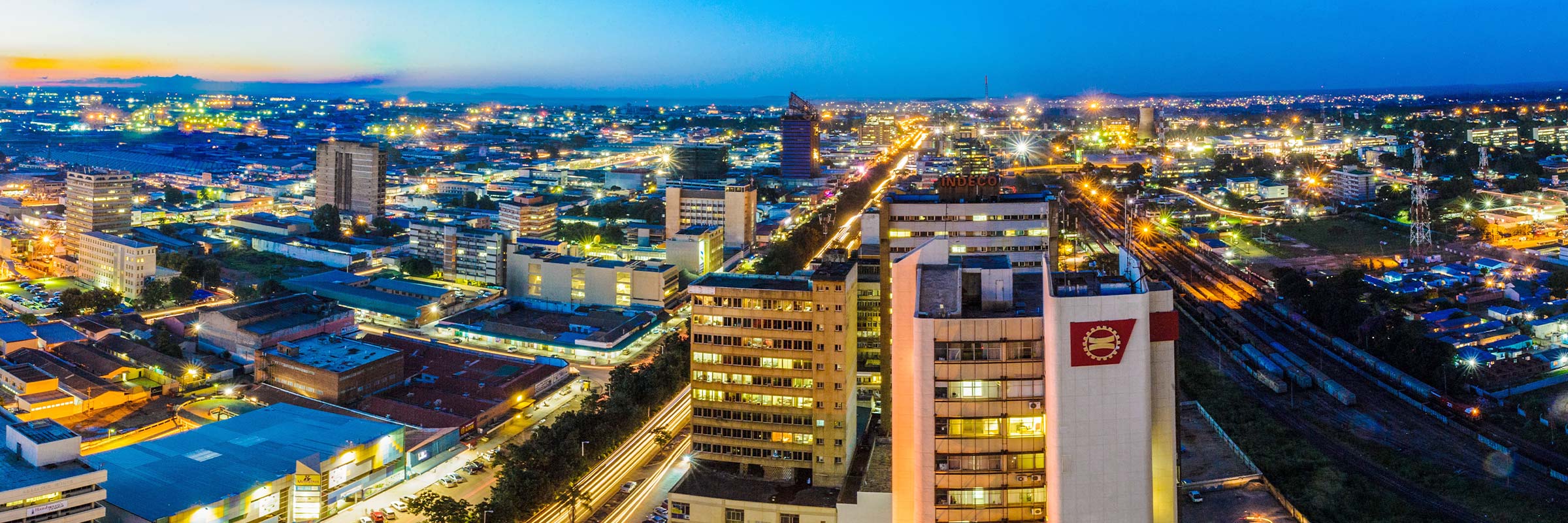

Millenium Challenge Corporation sponsored the Zambia Compact (2013-2018) which included the Lusaka Water Supply, Sanitation, and Drainage (LWSSD) project. LWSSD set out to increase the supply of treated water by rehabilitating water pump stations, reservoirs and transmission mains. In relation to wastewater treatment the scope required SMEC to oversee rehabilitation of sewer treatment ponds and expand the existing sewerage system.
Challenge
Many of the construction sites were in crowded markets or in dense, growing, informal residential neighborhoods. Beyond the technical challenges of maneuvering heavy equipment in confined spaces, conditions like these demand extra focus on community engagement, safety and access, with special attention to managing heavy vehicle and pedestrian traffic.
Solution
SMEC served as the Program Manager, overseeing a number of sub-projects under the Millennium Challenge Compact agreement. SMEC was responsible for implementing and developing as necessary, systems and structures that facilitate clear reporting lines and timely professional decision-making. SMEC’s services included:
- General program management
- Financial reporting
- Technical assistance and advice
- Support in ensuring compliance with environmental, health and safety standards.
Impact
The project supported large-scale infrastructure investments and institutional strengthening and reform of Lusaka’s water sector. Through these activities, the project expanded access to, and improved the reliability of, water supply and sanitation, as well as improved drainage services and related solid waste management in select urban and peri-urban areas of the capital.
- The utility connected 12,500 customers.
- Homes near the rehabilitated drainage were almost 40% less likely to flood.
- Achieved the WHO minimum target for water consumption.
Zambia
Millennium Challenge Account Zambia Limited (MCA-Zambia)








